Jan 29, 2014
Future Observatory
Posted by Andres Agostini in categories: 3D printing, automation, big data, biological, bionic, bioprinting, biotech/medical, bitcoin, business, chemistry, climatology, complex systems, computing, cosmology, counterterrorism, defense, driverless cars, drones, economics, education, energy, engineering, environmental, ethics, existential risks, finance, food, futurism, general relativity, genetics, geopolitics, government, hardware, health, human trajectories, information science, innovation, law, life extension, lifeboat, media & arts, mobile phones, nanotechnology, neuroscience, nuclear energy, nuclear weapons, particle physics, philosophy, physics, policy, polls, posthumanism, privacy, robotics/AI, science, scientific freedom, security, singularity, space, space travel, supercomputing, surveillance, sustainability, transparency, transportation
www.FUTURE-OBSERVATORY.blogspot.com JANUARY/30/2014 HEADLINES. By Mr. Andres Agostini
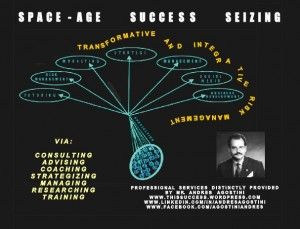
Cancer Researchers Identify New Drug to Inhibit Breast Cancer
http://guardianlv.com/2014/01/cancer-researchers-identify-ne…st-cancer/
Russia, US to join forces against space threats
http://voiceofrussia.com/news/2014_01_29/Russia-US-to-join-f…eats-1145/
The rise of artificial intelligence
http://www.brisbanetimes.com.au/digital-life/digital-life-ne…317g3.html
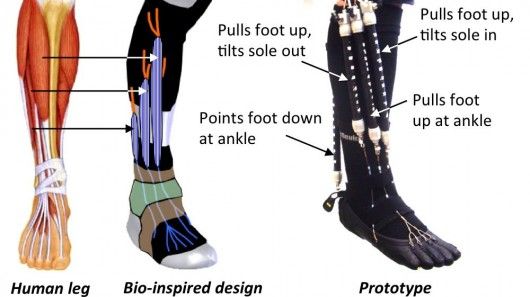
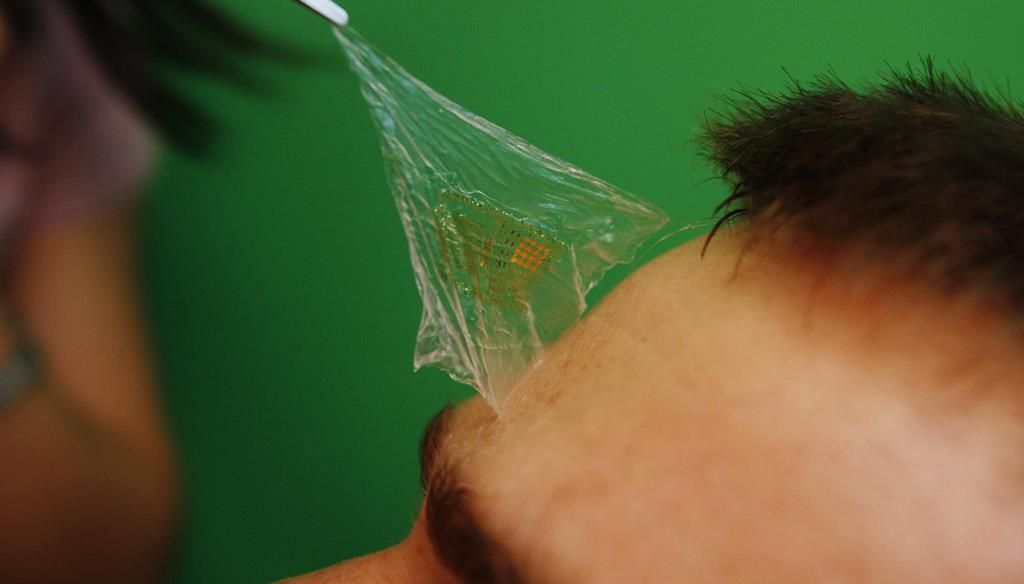
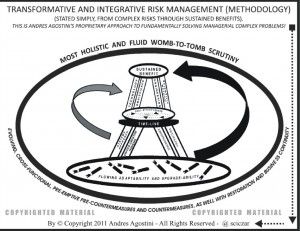
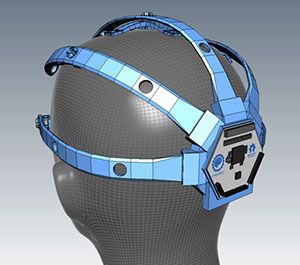 The phrase “
The phrase “








